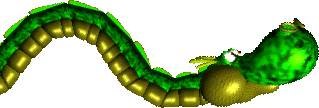
Dragons are a mainstay of fantasy fiction, and of course have appeared in a number of video games. Even Metroid has them, and that series is more science fiction than fantasy.
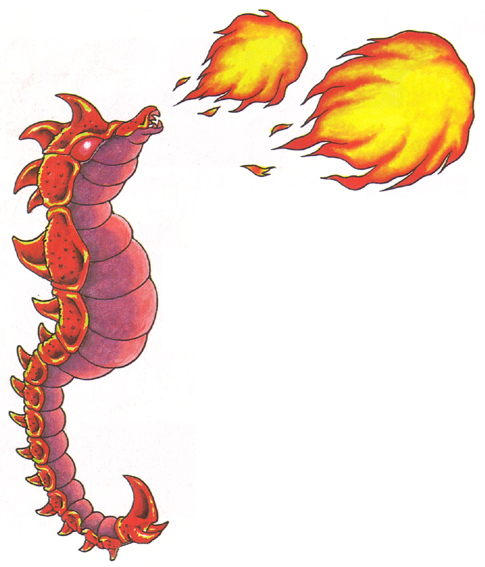
Dragons in the Super Mario universe in particular are rather complicated. Bowser is sort of like a dragon himself, being largely reptilian, having horns and fangs, and breathing fire.
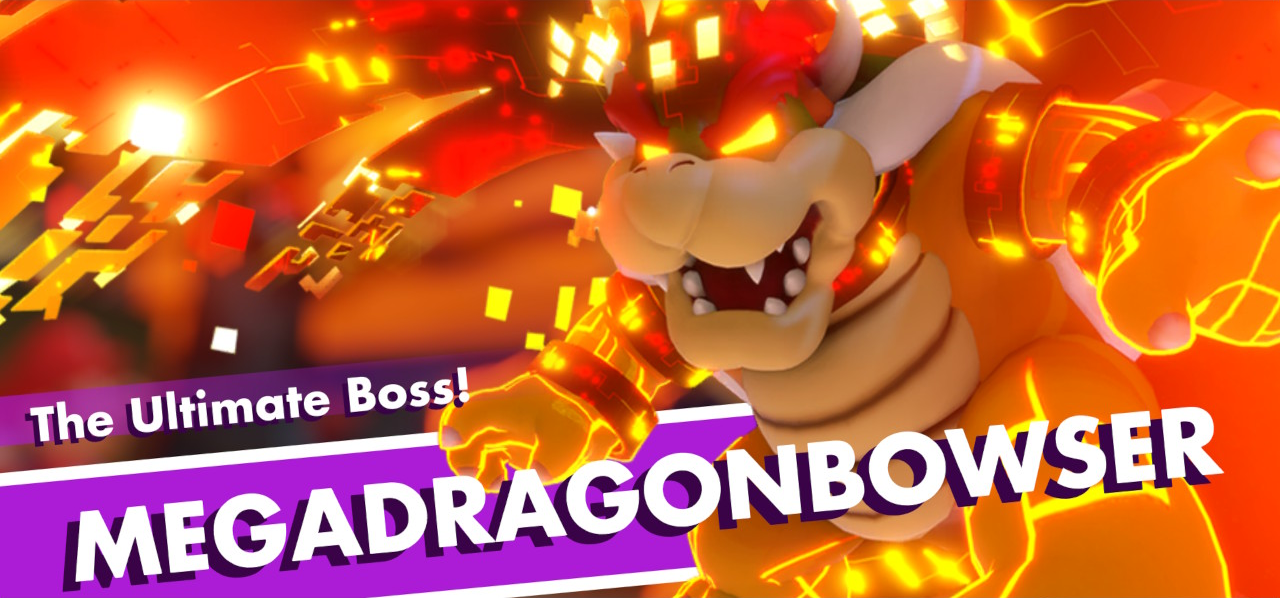
There are Chinese statues of dragon turtles, probably at least partially the inspiration for the Koopa royal family.

The Tarasque from French legend is also a dragon-like animal with a turtle-like shell. Descriptions of Yoshi vary between calling him a dinosaur and a dragon.

I have to wonder if that’s partially due to the translation. I understand the Japanese word for “dinosaur” is kyouryu, or “fear dragon” (not that “terrible lizard” is any more accurate). But the language also makes a distinction between a ryu, or Asian dragon (also the name of several video game protagonists), and the Western-style doragon. Even in English, there are a lot of connections between dragons and dinosaurs. I’ve seen suggestions that dragon legends were inspired by dinosaur bones, but even if this isn’t true, there was a lot of reciprocal influence once dinosaurs were officially identified. Of course, there are many different kinds of both dinosaurs and dragons. And as far as games go, the Gold and Earth Dragons in Final Fantasy VI are basically a sauropod and a theropod, respectively.

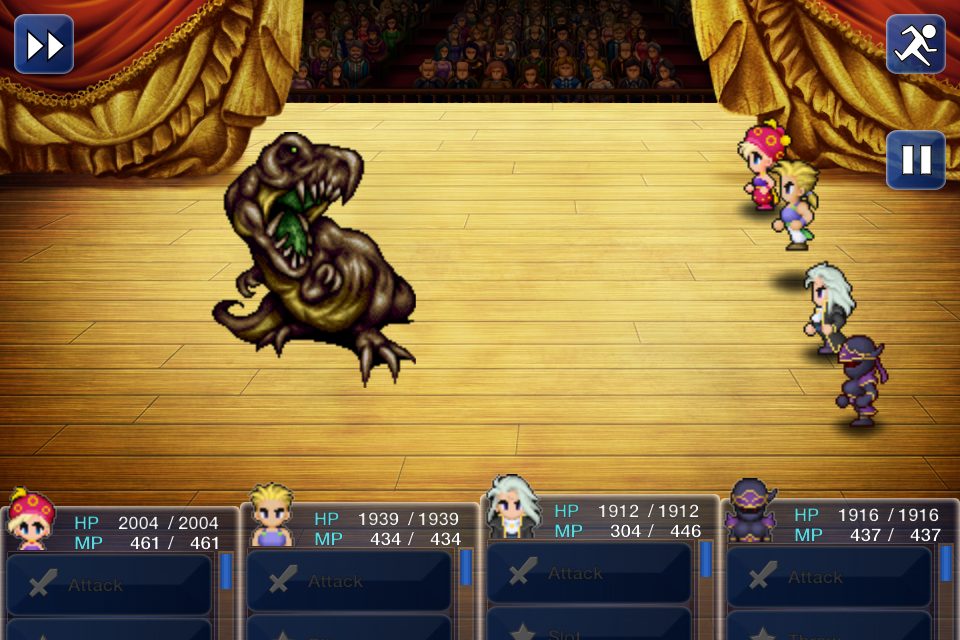
Yoshi really doesn’t fit my general concept of a dragon, and he’s most often called a dinosaur in English anyway.
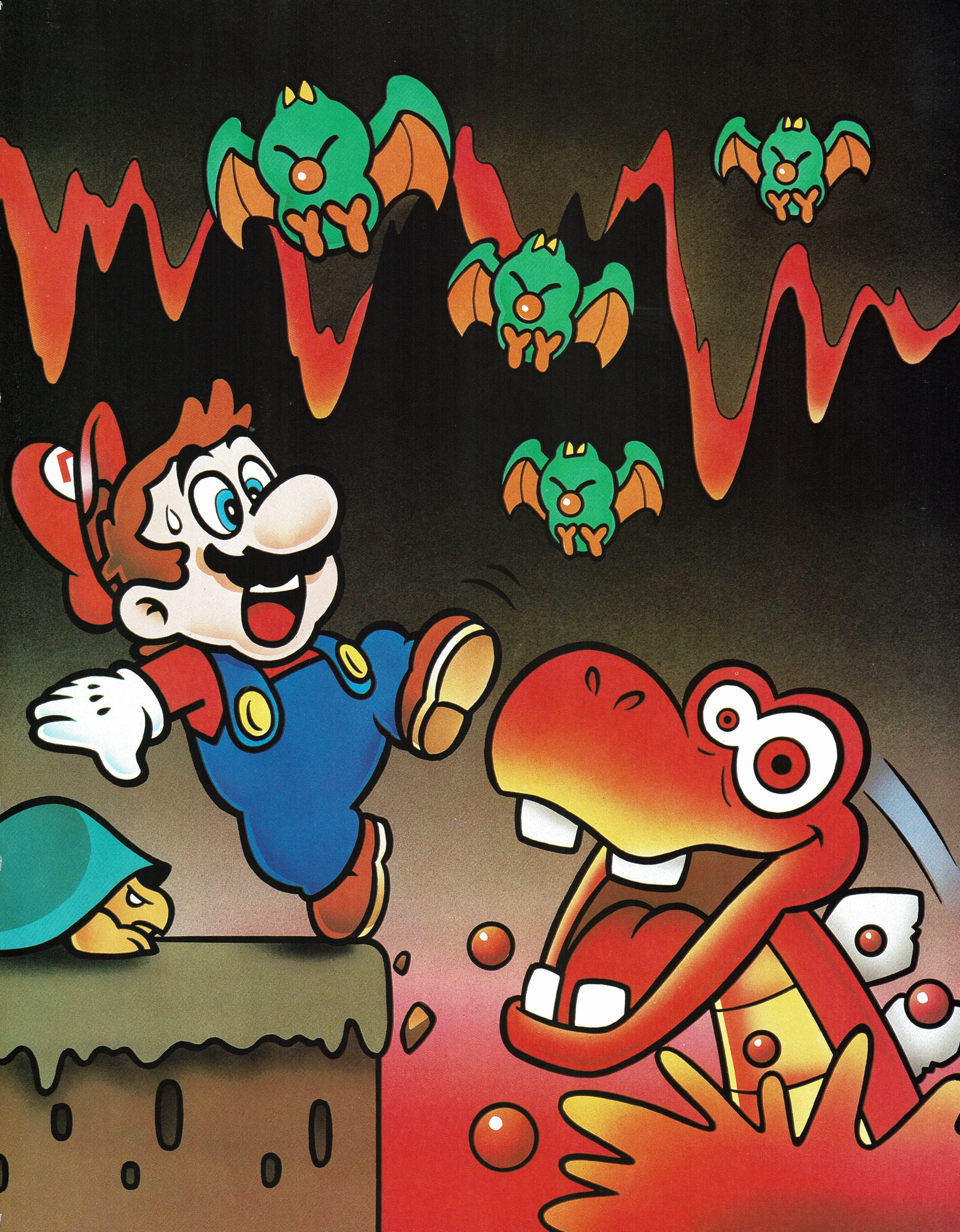
In addition to our friend Yoshi, Super Mario World introduces Blarggs, dinosaurs that live in magma with only their heads ever emerging. Well, at least that’s true in the game. The SMW cartoon did show a Blargg’s entire body once.
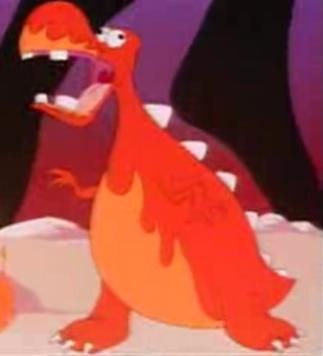
In the Yoshi games, however, the heads of Gargantua Blarggs look like blobs with sharp teeth.
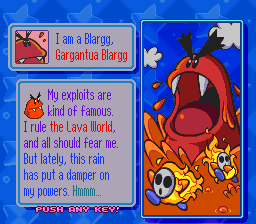
Maybe they spent too much time submerged in boiling magma.
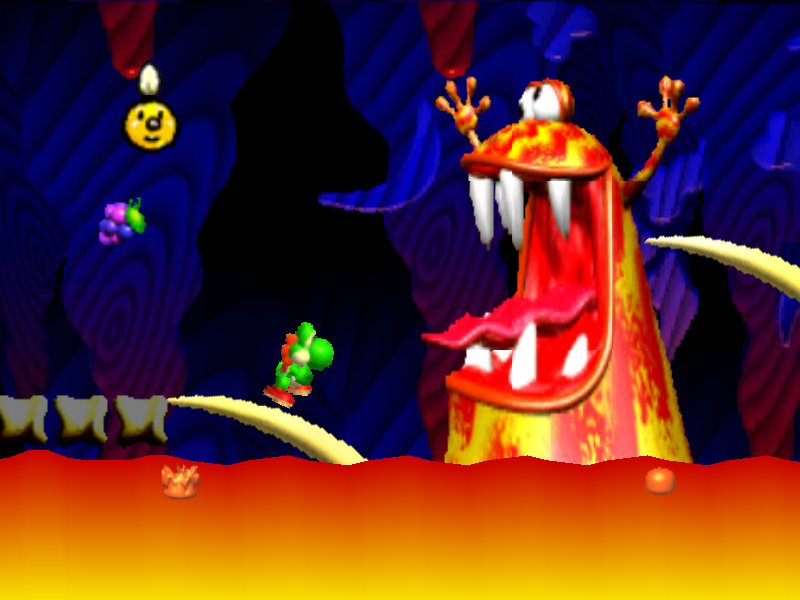
The Japanese name for this creature is Unbaba, which the Super Mario Wiki says could be based on baba, a rather derogatory word for an old lady. Oddly, it’s used much the same way in Slavic languages, as with Baba Yaga, but there’s no known etymological connection. I also wonder if there’s some connection to the Semitic monster Humbaba, who also appears in FF6. In Super Mario RPG, there’s a boss called a Czar Dragon and a more common enemy known as Bahamutt. The former looks quite a bit like a Blargg, and the latter essentially a scarier-looking yet confused Yoshi.

They also both have wings. The dragons in the Paper Mario games, who all have English names ending in “tail,” have names ending with “baba” in Japanese. hinting at a connection to Blarggs.
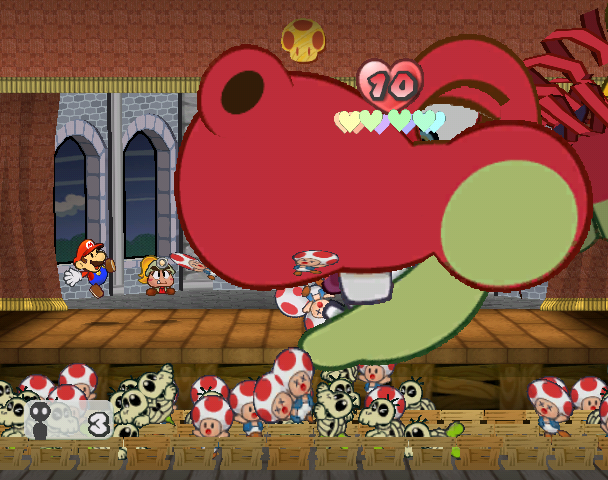
Hooktail in The Thousand-Year Door has flat teeth, like the SMW Blarggs, but is still carnivorous.
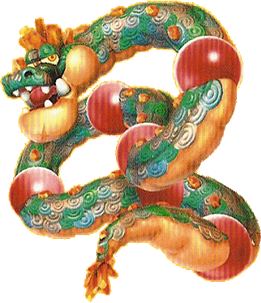
Super Mario Galaxy 2 introduces Gobblegut, a sort of serpentine space dragon that can burrow through the ground. It has a name that’s fun to say, akin to the Japanese Gaburyu, or “biting dragon.”
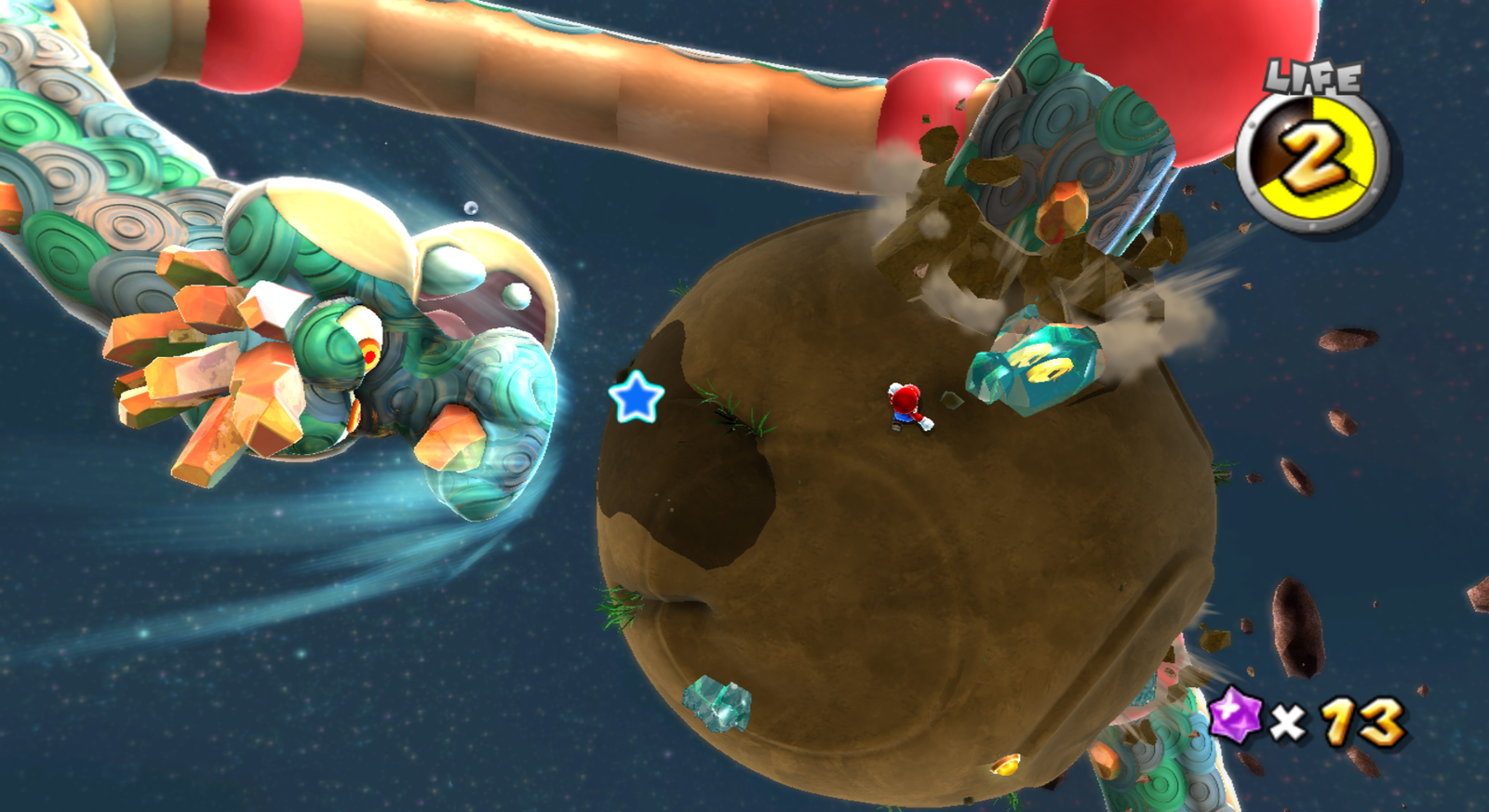
Gobblegut is under Bowser Jr.’s command, at least in SMG2.
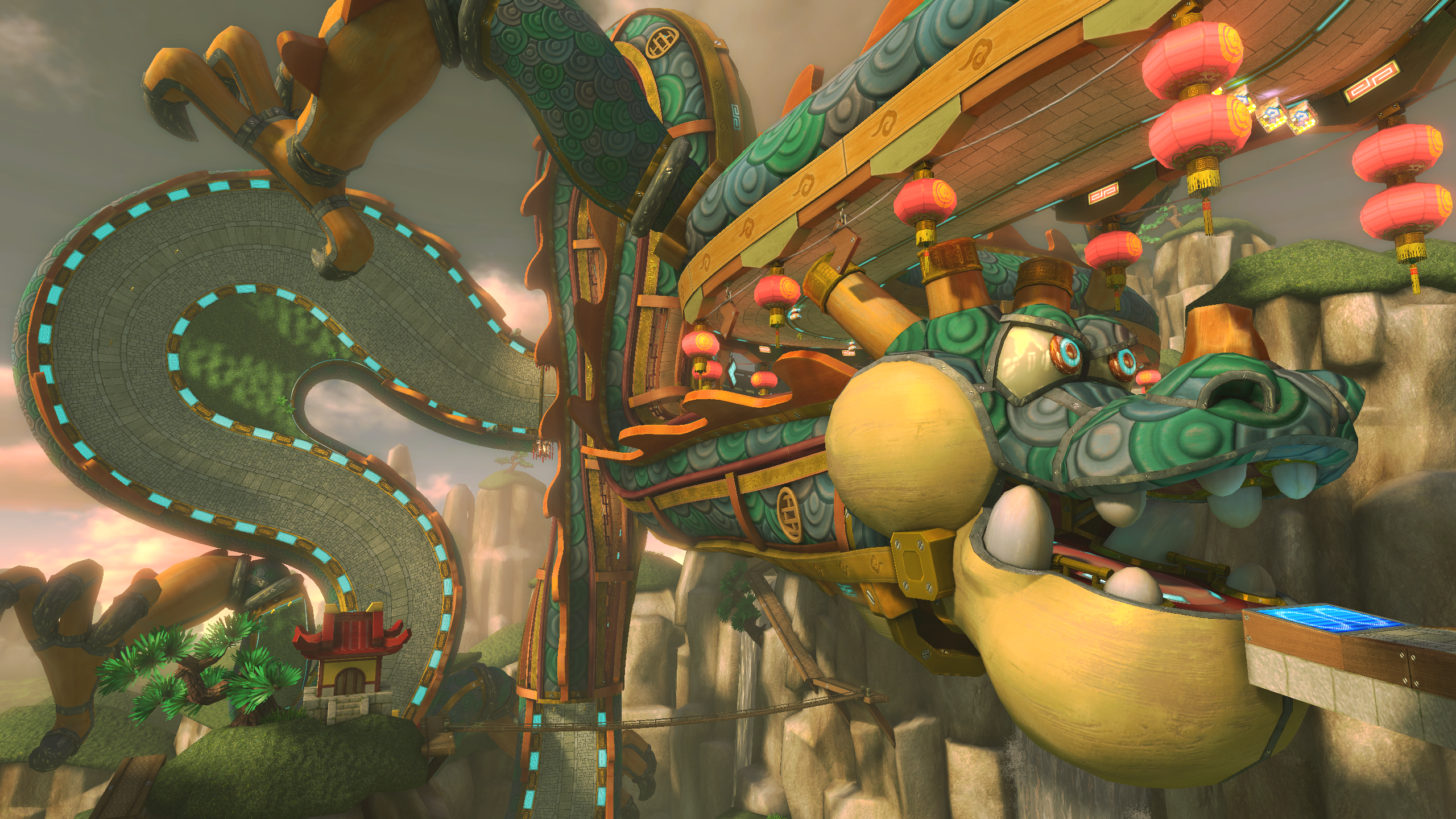
In Mario Kart 8 Deluxe, the Chinese-themed Dragon Driftway is a track in the shape of a Gobblegut. It works, as Gobblegut is, as far as I know, the closest the Mario series has to a traditional Chinese dragon.

Dragon Palace has statues that resemble Gobbleguts, except they have legs.

A different species or just an artistic elaboration? Perhaps we’ll never know. Captain Toad: Treasure Tracker and Paper Mario: Color Splash have Draggadons, volcano-dwelling dragons with enormous heads and tiny wings that are apparently still able to lift their bodies.
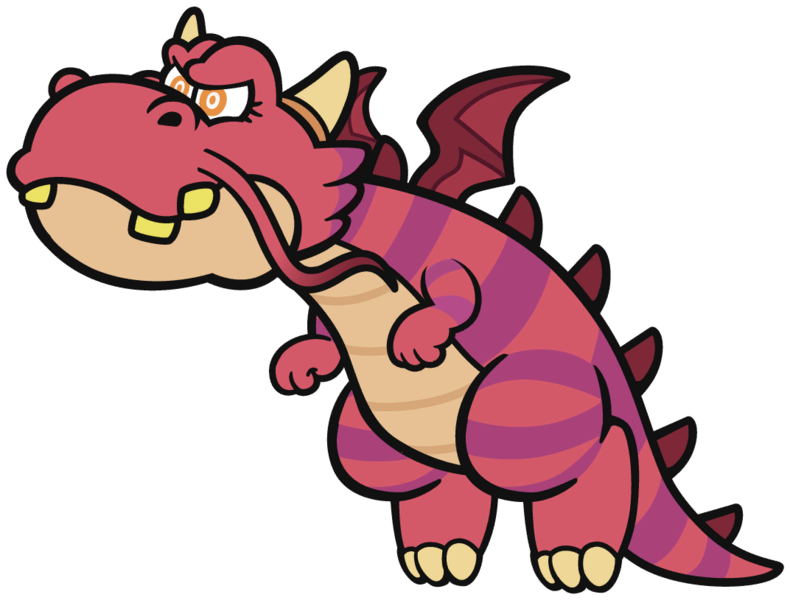
There are some outlying dragons as well. Perhaps the first ones in the series appear in Super Mario Land.
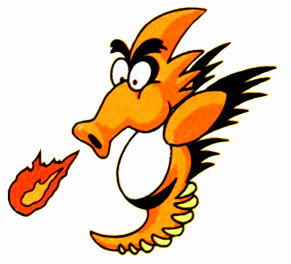
Dragonzamasu, boss of the Muda Kingdom, resembles a seahorse and can breathe fire despite living underwater. He’s a larger version of the common Yurarin enemies.
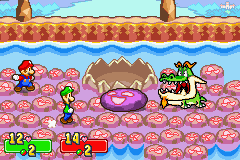
In terms of having a head much larger than his body, Draggadon has nothing on Dragohoho from Mario and Luigi: Superstar Saga, although he is a newborn and we’ve never seen an adult of his type. Unlike most of these other dragons, he has a flat head instead of a rounded one, more like the typical Western fantasy creature, and for that matter an alligator. He’s not the first either, as Drago is one of Toad’s opponents in the NES version of Wario’s Woods.
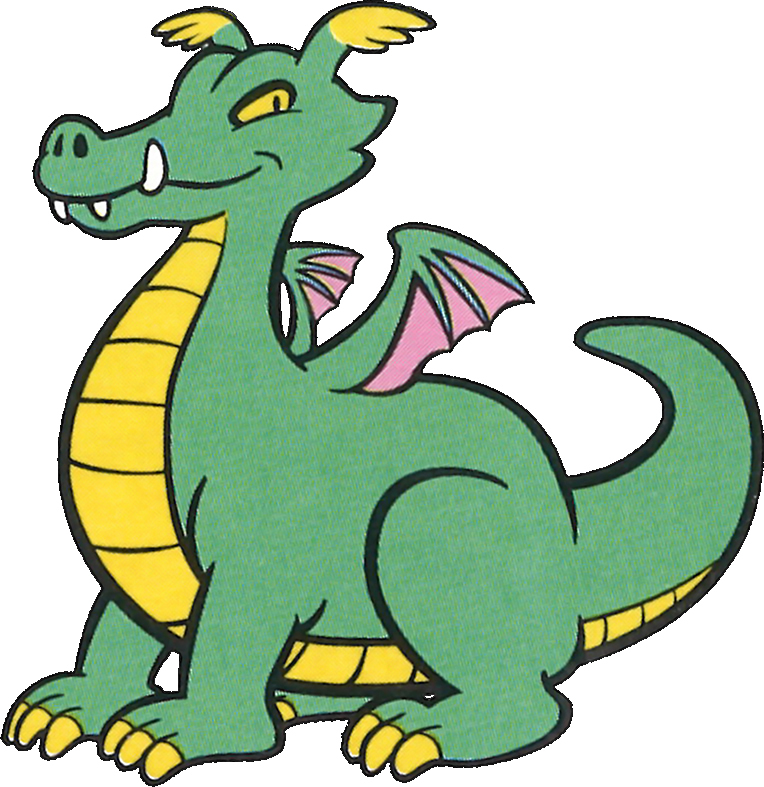
The Ruined Dragon from Super Mario Odyssey has that head shape as well, and is in fact basically the sort of dragon you’d see in a more serious fantasy epic.

Also known as the Lord of Lightning, he can control electricity and spit lightning bolts.
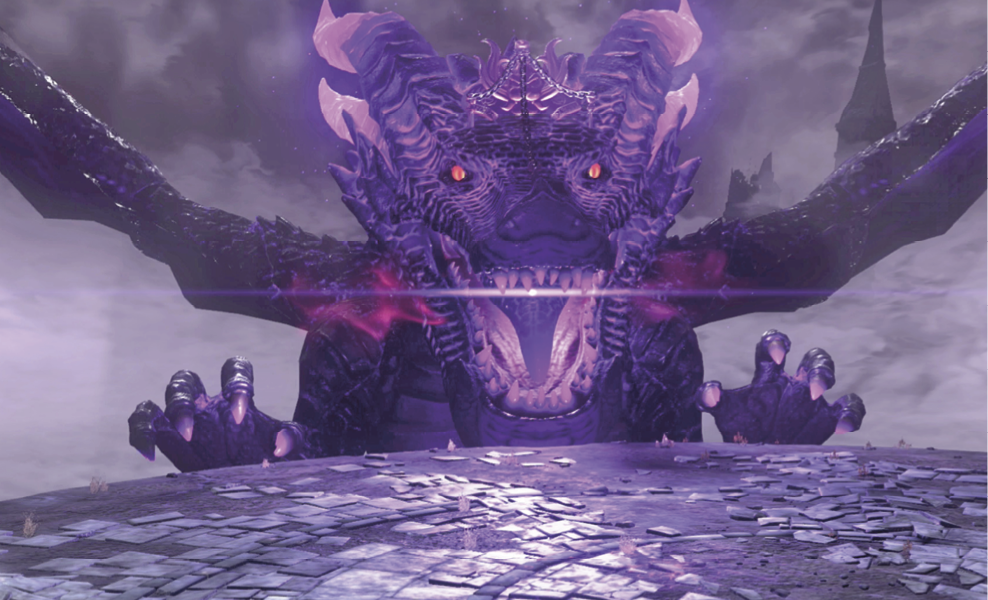
This game also has Tyrannosauruses that, while not quite realistic as far as current paleontological theories go, have a much more imposing and less goofy appearance than, say, a Rex.


Pingback: Please Plesiosaur Me | VoVatia
Yeah, I always saw Yoshi as more of a dinosaur than a dragon. Interesting how those two can blur together. I’m pretty sure I saw a novel once that said something about dragons in the title, but the artwork on the cover was clearly a dinosaur. That Animal Planet mockumentary Dragons: A Fantasy Made Real even started off imagining a face-off between a proto-dragon and a tyrannosaurus.
Yoshi IS from Dinosaur Land, not Dragon Land. But even that might be different in Japanese.